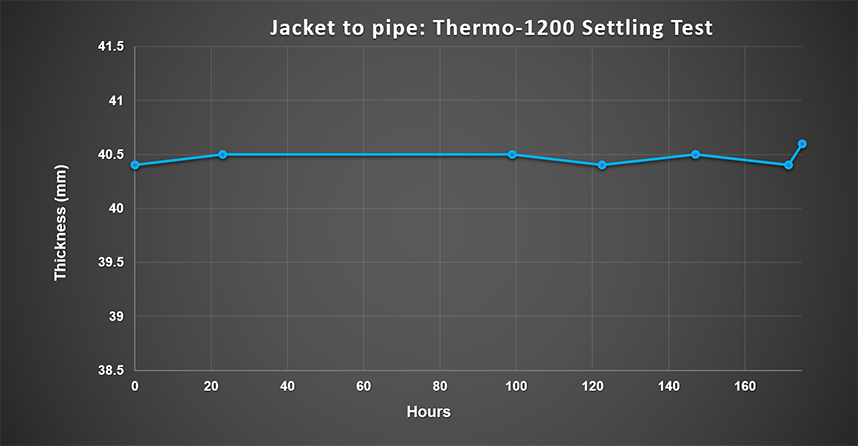We recently published Part 1 & 2 of the blog series,Don’t Settle When It Comes to Vibration. The previous blog addressed several types of insulation that you can use in high-temperature industrial applications where vibration is a significant component of the industrial environment.
As discussed previously, the interaction between the temperature of the application and the insulation’s binder (or lack thereof, depending on the material) plays a critical role in whether or not an insulation will be able to perform in a high-vibration environment. For example, insulations that are held together with an organic binder, like certain mineral wool or fiber glass products, may experience “binder burnout” when the application operates at temperatures that exceed 450°F. This aspect of organic binders can negatively impact the structural integrity of the insulation, since the binder is what holds the fibers in place in fibrous insulations. Under these circumstances, these types of insulations can sag, settle, or compress, compromising the thermal performance of the insulation.
Given that these types of materials may be not be ideal for high-temperature applications that experience vibration, it’s important to understand how insulations that are not made with organic binders perform in high-vibration environments. In our previous blog, we discussed how InsulThin™ HT microporous blanket is impacted by a vibrating environment after it has been exposed to high temperatures. The verdict, after taking numerous measurements over the course of 100 hours of exposure, is that InsulThin HT, which does not contain organic binders, does not settle or compress. It retains its shape and uniform thickness. You can read more about it here (Part 1 & Part 2).
After gleaning a better understanding of how microporous blankets perform, we explored the impact of vibration on a rigid, molded insulation, Thermo-1200™ calcium silicate. For the test, we installed one layer of 1 ½” (38mm) of Johns Manville’s Thermo-1200 calcium silicate insulation on an 8” pipe section and jacketed the insulation with stucco embossed aluminum jacketing. We measured the thickness of the insulation between the jacketing and the pipe using a caliper. Measurements were taken at the top of the insulation/pipe assembly. The full assembly was then clamped to a metal table where a vibration device was attached that would vibrate the assembly for 175 hours. During the test and after it was completed, the top of the pipe was measured every 24 hours to determine whether the vibration caused any settling within the insulation.
The results showed that even after nearly 175 hours of constant vibration, the calcium silicate product didn’t settle, compress, or erode. The insulation retained its shape and uniform thickness for the duration of the test. The graph below shows the mild deviation of the material’s thickness, ranging between 40.6mm as a maximum thickness to 40.4mm as a minimum thickness throughout the test. It’s important to note, that the thickness at the top did not experience more than a .5% change. This change would be insignificant in most applications.

Given that the insulation is a molded, cementicious product, and the thicknesses appears to both increase and decrease throughout the test, the variability in the measurements of the insulation may attributed to the measurements being taken by multiple people throughout the test.
While this test was an extreme example of an environment with excessive vibration, it demonstrates that Thermo-1200 would offer high resistance to vibration in the field, resulting in consistent thickness and thermal performance in a high vibration environment.
If you have concerns that it may be time to replace insulation that has been in a high-impact/high-vibration environment, then we encourage you to attend our upcoming webinar, Optimizing Your Maintenance Turnaround, on May 22nd at 2:00 PM EDT.
